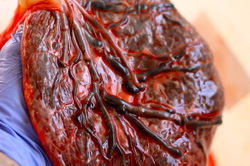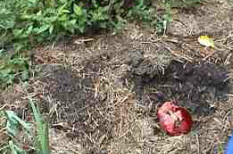
While it's only been a year since I officially started this work, I absolutely love it and know I have found my calling. I wouldn't be here celebrating doula month without the incredible mothers and partners I have been able to work with so far. Thank you all! Happy doula month to you and all the other inspiring doulas and mother caregivers I have the pleasure of knowing.






 RSS Feed
RSS Feed
